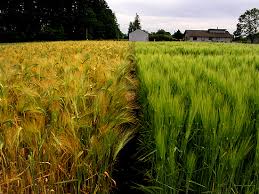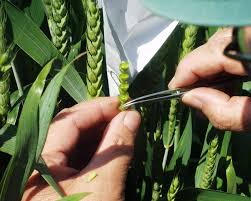In this article, traits governed by many genes, known as quantitative traits, will be discussed. Each gene contributes a small amount to the phenotype such that individual effects cannot be put into distinct phenotypes. The traits are said to be continuous. Genes of this nature are called polygenes.
Read Also: Feed Lot Fattening of Rams Practice

The major differences between qualitative and quantitative traits are summarized below:
QualitativeQuantitativeDiscontinuous VariationContinuous Variatione.g. Flower colour.e.g. Body-weight, grain-yield.Governed by single or few genes.Governed by many genes.Concerned with individual matings and possible kinds of matings.Concerned with a population with all their progenies.Not affected by environment. For example, for Cowpea flower, if it is purple colour, grow the seed of that cowpea anywhere, the flower colour will be purple.Affected by environment. For example, seed yield.Analysed by making counts and ratios.Analysed with sophisticated experimental techniques using estimates of population parameters such as mean and standard deviation, etc.
Qualitative traits are governed by single or few genes while quantitative traits are governed by many genes.
Do you have any questions, suggestions, or contributions? If so, please feel free to use the comment box below to share your thoughts. We also encourage you to kindly share this information with others who might benefit from it. Since we can’t reach everyone at once, we truly appreciate your help in spreading the word. Thank you so much for your support and for sharing!
Frequently Asked Questions
We will update this section soon.

